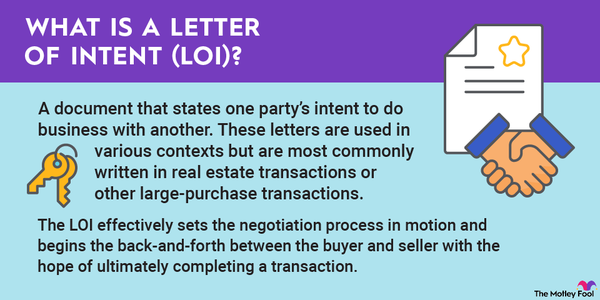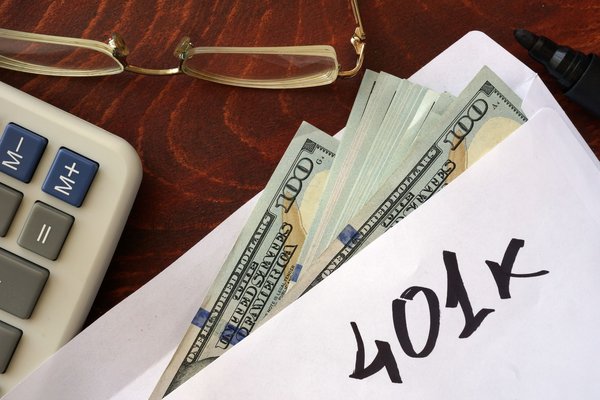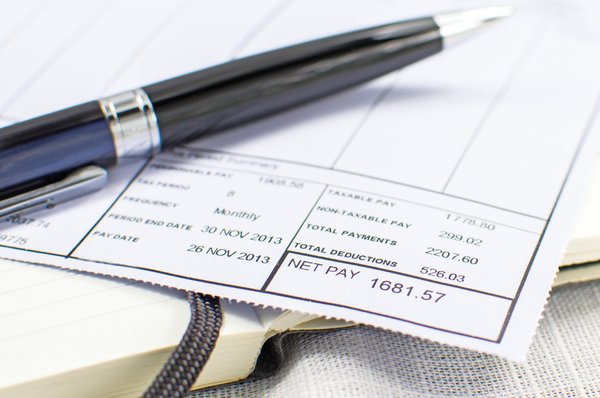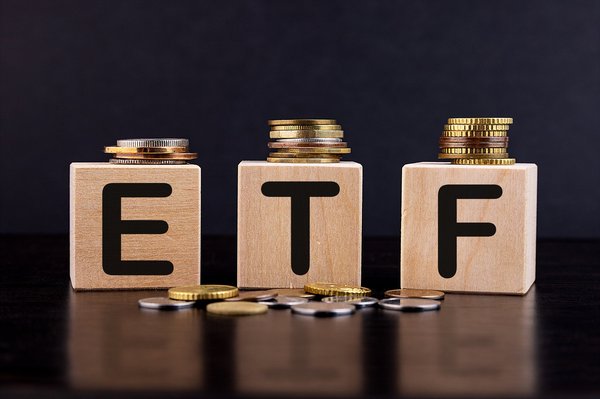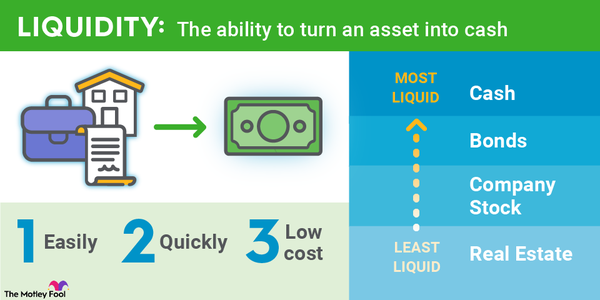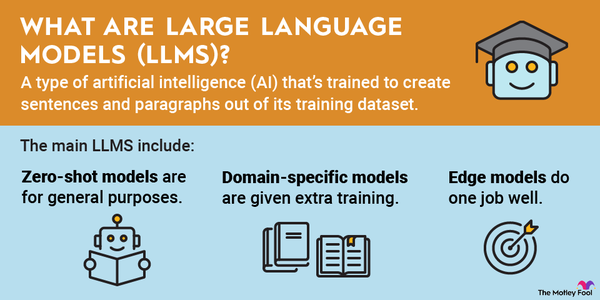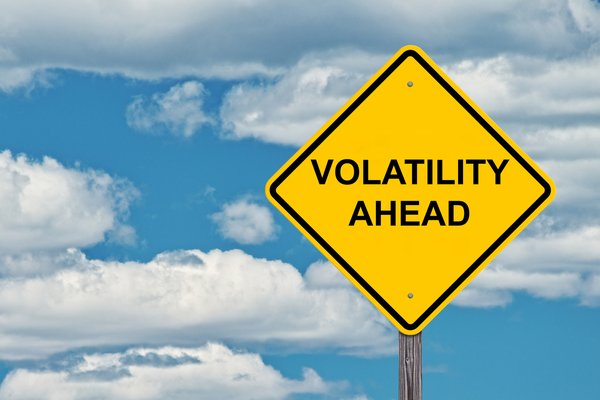When placing an order to buy or sell a stock, an investor has two common choices for how to place that order. The investor can submit a market order or set a limit order. A limit order is a request to buy or sell a security at a specified price. If the stock doesn't reach the desired price before the limit order expires or the investor cancels the order, then the trade doesn't execute.
Here's a closer look at limit orders.

How a limit order works
How a limit order works
A limit order is an instruction for a broker to buy a stock or other security at or below a set price, or to sell a stock at or above the indicated price. In essence, a limit order tells your broker that you'd like to buy or sell a security, but only if the price of the security hits your desired target. A broker with these instructions only executes a trade at the limit price or better and only if the security reaches that price.
Investors use limit orders when they are concerned that a stock's price might suddenly change by a significant amount or when they are not overly interested in executing a trade right away. The total price paid might be considered more important than the speed of trade execution. Some investors use limit orders based on the belief that a stock's price will reach a more desirable level in the future.
Investors have two options when placing a limit order: a day limit order or a good-'til-canceled (GTC) limit order.
Day limit order
Day limit order
Investors use a day limit order to make sure they get the best possible stock price on a given trading day. A day limit order, as the name implies, expires at the end of the trading day. An investor usually set a day limit order at or around the bid price -- the highest price they are willing to pay for a stock -- if they're submitting a buy order. An investor using a day order who wants to sell a stock sets the limit price near the ask price, which is the lowest price for the stock they are willing to accept. If the stock doesn't reach the desired price by the end of that trading day, then the day limit order expires. The investor then has the option of placing a new order on the next open trading day.
Good-'til-canceled limit order
A GTC limit order carries an investor's buy or sell instructions forward until one of three events occurs:
- The trade executes.
- The investor instructs the broker to cancel the limit order.
- The GTC limit order automatically expires, which at most brokerages occurs after 60 calendar days.
If a stock reaches the limit price at any time when a GTC limit order is active, then the broker executes the trade by either buying or selling the stock at the limit price or better.
Limit order examples
Limit order examples
To better understand limit orders, here are a few examples.
Imagine that you have $130 in available cash in your brokerage account. On a day the market is losing value, you decide you would like to buy shares in the tech giant Apple (AAPL 1.47%), which at that time is trading for around $130.50 per share. Instead of spending the day monitoring Apple's stock price in the hope of placing a market order if the price declines below, say, $130, you can submit a day limit order to your broker with a limit price of $130. If Apple's share price dips to that level before the end of the trading day, the trade will execute. If not, the order expires, and you can try again on the next trading day if you choose.
Let's say that, as an investor who likes to pay bargain prices, you are open to buying $1,000 worth of Apple stock, but only if the share price falls to below $125 per share. You can set a GTC limit order to buy eight shares of Apple at $125 apiece, or $1,000 in total. If Apple's stock reaches that desired price within two months, then the trade executes. If not, the GTC limit order expires, and you can submit a new limit order if you so desire.
Investors also use limit orders to sell securities at specified prices. For example, imagine you are a value investor who owns 10 shares of the value stock Berkshire Hathaway (BRK.A 0.31%)(BRK.B 0.35%). Based on your research, you peg Berkshire's intrinsic value at $325 per class B share. You are open to selling half of your shares when Berkshire's class B stock trades for that price, although currently the stock is trading for less than $300 per share. You can submit a GTC limit order to sell five shares of your Berkshire stock at $325 per share, and the trade will automatically execute if Berkshire's share price rises to that level within the next 60 days. If the share price remains below $325, then the GTC limit order expires.
Limit orders vs. stop orders
Limit orders vs. stop orders
A stop order differs somewhat from a limit order and can be a stop-loss order or stop-limit order. Both types of stop orders instruct a broker to sell a stock (or buy shares to cover a short position) if your loss on the stock reaches a certain value. A stop-loss order sets only a threshold price that triggers a stock purchase or sale, while a stop-limit order executes a stock purchase or sale only when the stock's price is between two specified values. Investors use limit orders to buy or sell a stock at a preferred price or better, and they use stop orders to cap their potential losses on a trade.
For example, let's say you buy a stock for $100 and want to limit your downside risk to around 10%. You can establish a stop-loss order that executes at $90, meaning that your broker will automatically sell the stock if the stock's price falls to $90 or less. If the stock's price is volatile or its market liquidity is low, then you may anticipate rapid price movements that bring the stock's price to well below $90 before your broker can execute a stop-loss order. You can avoid locking in losses greatly in excess of 10% by instead establishing a stop-limit order, which only executes when the stock's price is between, say, $90 and $89.50. Using a stop-limit order enables you to continue to hold a stock you believe will regain its worth.
Related investing topics
The Foolish bottom line
Deciding what types of trades to place can be challenging for beginning investors. The approach we take at The Motley Fool is to avoid limit orders and instead almost always use market orders, mainly because they are simple to establish and they make sure a trade executes right away. Using limit orders is unnecessary for investors focused on buying and holding quality companies for long periods of time, which we believe is the most reliable way to build wealth.








